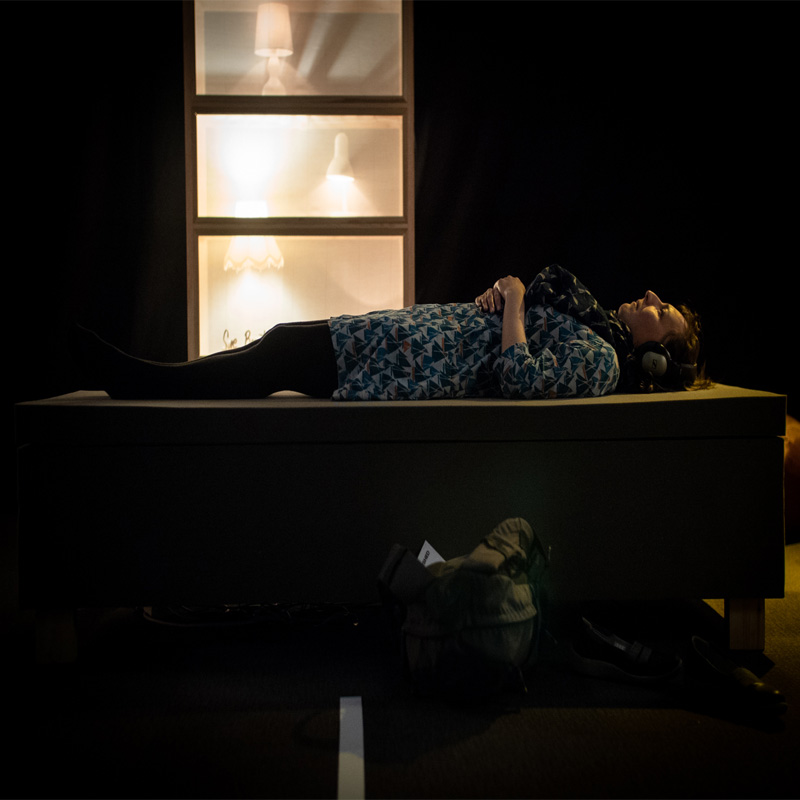Cloudspotting
When we started working on the audio-visual installation A Crash Course in Cloudspotting in autumn last year we knew a few things:
We knew we wanted to create a space of different tone, tempo and temporality.
We knew we wanted the audience to lie down to listen to our stories.
We knew we wanted them to be surrounded by a sound.
And we knew we wanted the installation to be accessible.
And maybe that last aim should have come first, because the project was commissioned by Unlimited, the programme that commissions new work by disabled UK artists and that seeks to change the perceptions of disabled people. So as a team, we had a commitment to make the installation accessible to as many people as possible.
Now, this was the first time I have tried to hold that thought about disabled audience in mind from the very beginning. And in truth it’s really hard when you don’t have a handle at all on what the piece will look like, what form it will take. When you are grasping and maybe rely on what you know, rather than what’s possible (I wander how we ever create something totally new, but that’s a thought for another blog!)
I don’t remember the moment we had the idea, but creating a sound bed was a way to both immerse the audience member in sound, and give a hearing impaired audience member a sense of the sound scape through the vibrations. As so often happens, we were trying to do big things on a small budget, and wouldn’t have been able to realise this without the support of mini-rig, who generously lent us 6 mini-rigs and 2 subwoofers to play with.
So we got some play time, and we came up with this sound bed design. From the start it worked well, and the sound felt like it came up and over you in waves as you lay down: perfect for triggering rest and holding the audience as they listened to some quite challenging stories about people trying to rest in public spaces.
In retrospect, for more vibrations we could have placed the speakers closer to the top of the bed. But once we shaved an inch off the foam on the top of the bed (which made a surprising difference to both the quality of sound and the amount of vibrations), the sound bed passed the test at an event organised by the Watershed / Unlimited / MAYK in May 2018: an audience member with a hearing impairment told us they had felt the music well. It was a great moment for us, to know that our ambition had been realised. And so worth the head scratching and pondering we went through as a team. I think it proves the creative case for diversity: that considering difference from the start, can lead us to more inventive solutions for everyone. And I know this because my dad, a retired electrical engineer, told me this was his highlight above and beyond the other elements.
So thank you mini-rig,
And rock on the creative case for diversity!
Raquel, Synnove & the Cloudspotting Team
